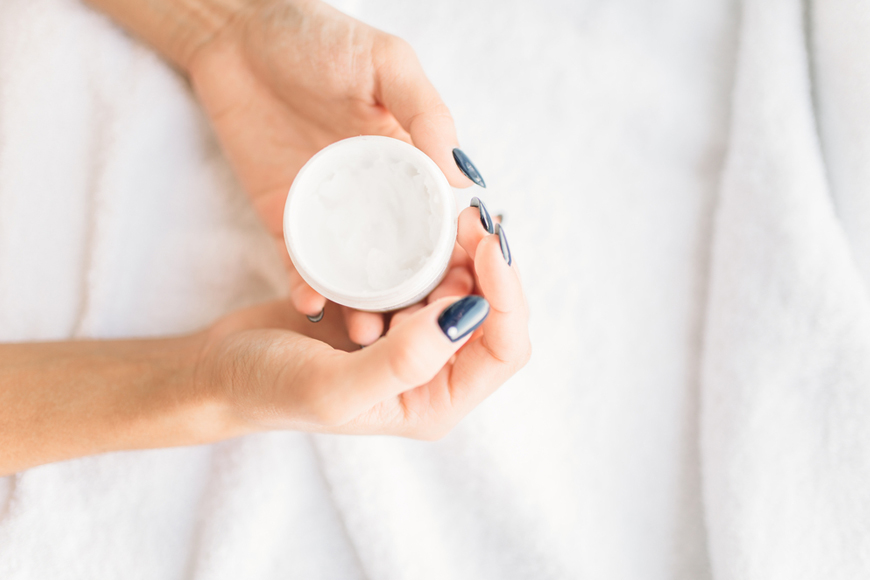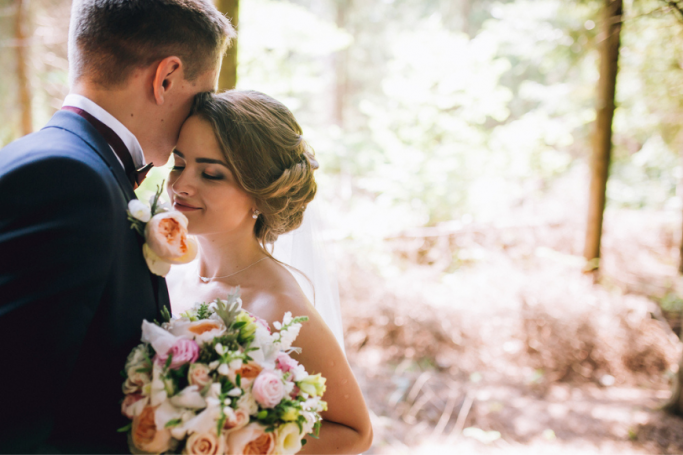We delve into the dos and don’ts around using the vitamin A derivative in your skincare regime
12 March 2019
| Last updated on 1 October 2019
Want to introduce retinol into your skincare regime? Here's some dos and don'ts to know...
Ask any skincare expert and they’ll tell you that anyone who wants to reduce – or delay the onset of – wrinkles should be using retinol as part of their daily routine.
The vitamin A derivative can also be effective at treating acne, but that doesn’t mean you should just grab the first serum you see in the beauty aisle, slather it on and expect your smile lines and spots to disappear overnight.
SEE ALSO: 5 reasons why your hair might be getting thinner in Dubai
A lot of people aren’t able to reap the long-term rewards of retinol because they’re too heavy-handed from the off – a gradual approach is needed to prevent irritation and dryness.
If you’re thinking of starting to use retinol, we’ve got seven pointers from industry insiders to help you get it right first time.
But first, the essential information…
What is retinol?
“Retinol is one of the main forms of vitamin A. It is an essential vitamin needed for new cell growth, and the health and maintenance of tissues and skin cells, and plays an integral role in anti-ageing skin care,” explains Tracey Wilmot, director of education for Murad.
“Retinol works in three ways: It exfoliates, fights free radicals and aids in production of collagen, one of the essential building blocks of youthful skin.”
What does it do?
“It really helps to smooth lines and can have a dramatic effect on overall texture, signs of pigmentation and uneven skin tone. It can also help with historic signs of ageing, such as sun damage,” says Abi Cleeve, founder of skinSense By Abi Cleeve.
SEE ALSO: Why your hair gets greasy and what you can do about it
“The benefits go beyond anti-ageing,” says Wilmot. “Retinol visibly brightens dark circles, reduces dullness and even helps to fight acne.”
Sounds amazing, doesn’t it? So, whether you want to tackle ageing, acne, dullness, or all of the above, follow these top tips for retinol success…
1. Start early to prevent wrinkles
“I would advise starting as soon as you see ageing issues arise,” says Cleeve. “For most, this is in our late 30s and early 40s, but there is also an argument, depending on your skin type, for starting earlier.
“This is because although the signs of ageing may not be so apparent, the collagen synthesis provoked by retinol will help to ‘future-proof’ the skin.”
2. Only use retinol at night
Retinol should only be used once a day, Cleeve advises: “Ideally at night as it does its best work when the skin is resting – sunlight will interrupt the retinol working.”
“Retinol serums should be applied after cleansing and toning, and before moisturiser,” Wilmot adds. “Some formulations may be thicker and stickier, which is why absorption time may be different for different brands. Serums are better since they absorb quickly.”
3. Always follow with SPF during the day
“Very high UVA and UVB protection should be a staple first step in any daily skincare routine, and becomes absolutely essential when using a retinol,” Cleeve says.
She recommends using higher protection than usual – ideally factor 50.
4. Start slowly to build your tolerance
“As it is a very active ingredient, people with sensitive skins should be careful when applying it as they may find they react,” Wilmot says.
Even if you don’t have sensitive skin, start with a patch test and work your way up to daily doses.
“Consider beginning with a routine of every other night, progressing to a nightly application,” Cleeve recommends.
5. Don’t use too much
“Retinol should be applied thinly to the face and neck,” Wilmot says, plus anywhere else you’re concerned about the signs of ageing. “You can use retinol on the décolletage and even on the backs of hands too.”
6. You can mix retinol with acids
There’s a common misconception that if you use retinol alongside alpha or beta hydroxy acids, it reduces the effectiveness of the retinol, but that’s not the case.
SEE ALSO: Everything you need to know about bikini waxing
However, a double dose of exfoliation could cause irritation for some, Wilmot says: “For those who have a higher skin tolerability, bio retinoids and AHAs complement each other, enhancing the benefits to the skin from pore clogging to resurfacing and reducing the appearance of lines and wrinkles.”
To be on the safe side, she recommends separating the two, using your acid product in the morning and retinol at night.
7. Not all retinol serums are the same
“Traditional retinol formulas used to use high percentages without hydrating ingredients, which caused redness and inflammation, and even flaking,” says Wilmot. “Nowadays, modern serums combine other actives to protect the moisture barrier and improve the skin’s condition.”
- Tags:
- Facial care
- salons and spas
- Beauty




.png?itok=HBSyMDok)









































































.png)


























.png?itok=0fOAXkOm)

























.png?itok=EH_x0Pha)
